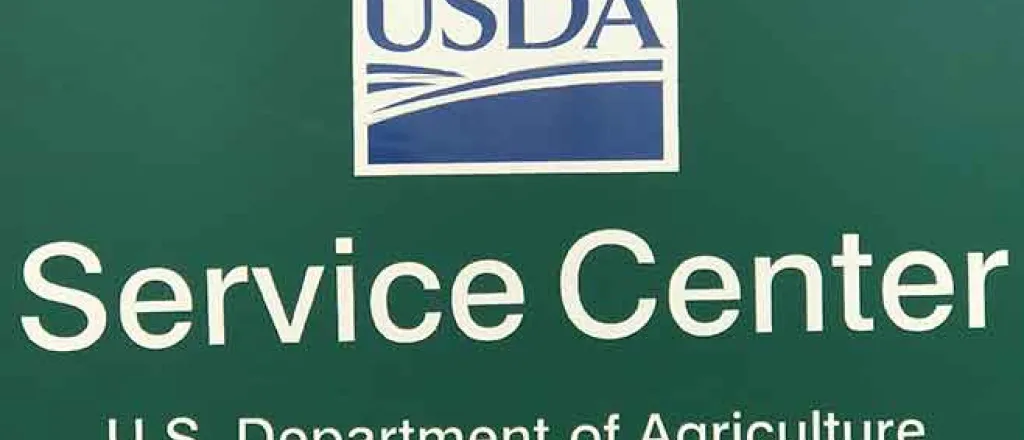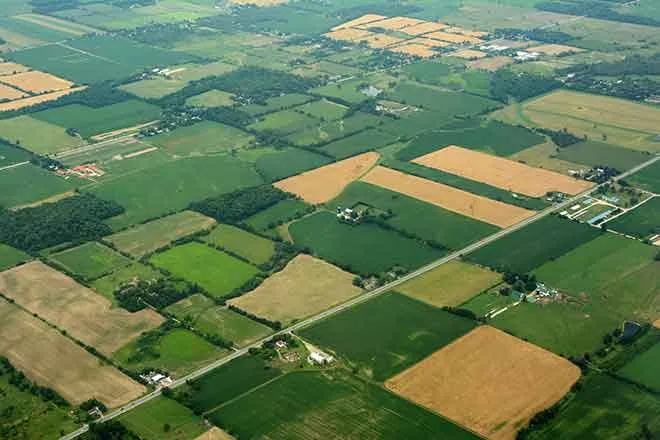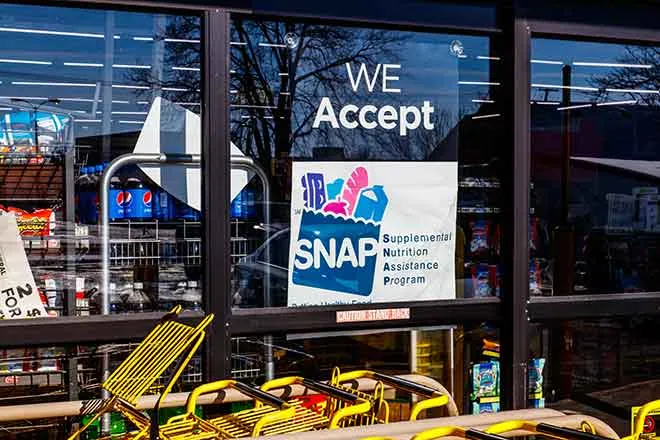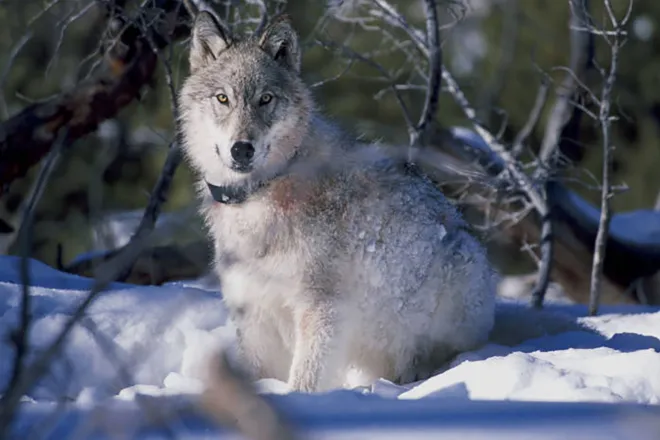
USDA Update – April 10, 2024
IMPORTANT DATES TO REMEMBER:
- CONTINUOUS CRP SIGNUP 61- Deadline July 31, 2024
- GRASSLAND CRP SIGNUP – SCHEDULED TO BEGIN April 29
- CRP PRIMARY NESTING SEASON - March 15 through July 15
Disclaimer: Information in this UPDATE is pertinent to Kiowa County FSA only. Producers reading this and that do not have FSA interest in Kiowa County are advised to contact their local FSA Office.
THE USDA SERVICE CENTER HAS A DROP BOX AVAILABLE ON THE EAST SIDE OF THE BUILDING.
USDA – NASS TO GATHER MONTHLY YIELD DATA TO MEASURE CROP PRODUCTION
Starting in May and continuing through November, the U.S. Department of Agriculture’s (USDA) National Agricultural Statistics Service (NASS) will conduct the monthly Agricultural Yield Survey. The information captured in this survey will help NASS track changes in yields that can occur due to weather, pests, disease, and other factors, from farmers and ranchers in the Mountain Region for the states of Arizona, Colorado, Montana, New Mexico, Utah, and Wyoming.
“This survey is critical in assessing the true state of agriculture in the Mountain Region,” said Rodger Ott, Director, Mountain Regional Field Office. “The data that farm operators provide through NASS’s Agricultural Yield Survey allows us to provide the necessary information that producers, agribusiness, and local, state, and federal authorities need to make sound business decisions.
“Also of note, other USDA agencies rely on this data to assist in determining crop insurance and disaster aid payments as well as other program benefits.
In the survey, NASS asks participants to answer a variety of questions about how many acres of crops they planted, how many acres they intend to harvest, and their expected yield per acre. NASS will follow up with the same farmers in subsequent months asking them to update their expected yield per acre assessments. “By asking the same operators their expectations of yields monthly over the course of the crop year, we can more accurately publish monthly data and capture seasonal variation,” said Ott. “This approach reduces the number of questions the survey asks farm businesses while ensuring that accurate and timely data are available.”
As with all NASS surveys, the results of this survey will be available in aggregate form only, ensuring that no individual operation or producer can be identified. NASS will compile, analyze, and publish survey results in the monthly Crop Production report. These and all NASS reports are available online at http://www.nass.usda.gov/Publications/.
For state specific questions, please contact your USDA NASS State Statistician at 1-800-392-3202:
- Arizona – Dave DeWalt
- Colorado – Rodger Ott
- Montana – Eric Sommer
- New Mexico – Margie Whitcotton
- Utah – John Hilton
- Wyoming – Leslee Lohrenz
RMA Offers New Resource for Specialty and Small-Scale Farmers
Finding the right risk management fit for your farm can feel overwhelming, especially for specialty crop and small-scale farmers and ranchers. That’s why the USDA’s Risk Management Agency (RMA) created a new searchable directory of crop insurance agents who have experience selling Whole-Farm Revenue Protection (WFRP) and Micro Farm policies.
With 1,135 crop insurance agents listed, providing coverage in all 50 states, the process of finding the “right risk management fit” just got easier.
In addition to the new directory, there are other resources available for specialty crop producers including regional specialists located in each of the RMA regional offices. Feedback is crucial to continually improving risk management options, and specialty crop producers can reach out with suggestions or questions by e-mailing SpecialtyCrops@usda.gov.
Specialty crop and small-scale producers are encouraged to use the new searchable directory and visit the RMA Specialty Crops page.
Whole-Farm Revenue Protection
The first of its kind, WFRP recognizes diversification found on specialty and small-scale farms. With WFRP producers can insure their entire operation including crops, livestock, and nursery production, under one policy. Another advantage of WFRP coverage, is it bridges the insurance gap for several specialty crops that don’t currently have individual policies available.
Micro Farm
Also included in WFRP, the Micro Farm option gives smaller operations more streamlined insurance options. It provides a risk management safety net for all commodities on your farm under one insurance policy. This insurance plan is tailored for any farm with up to $350,000 in approved revenue, including farms with specialty or organic commodities (both crops and livestock), or those marketing to local, regional, farm-identity preserved, specialty, or direct market.















